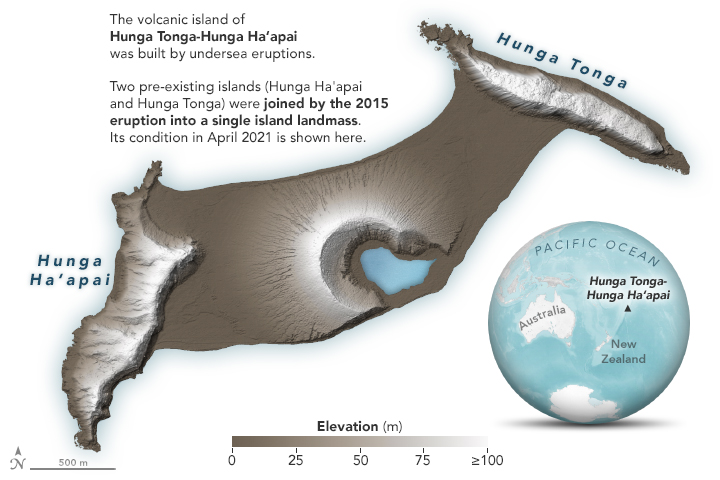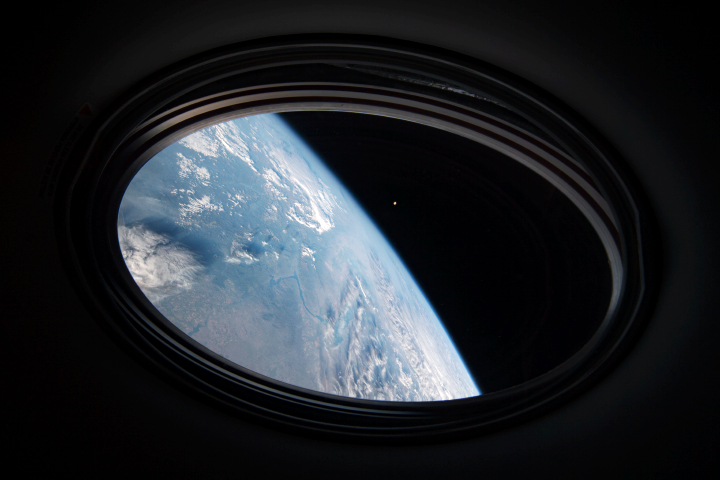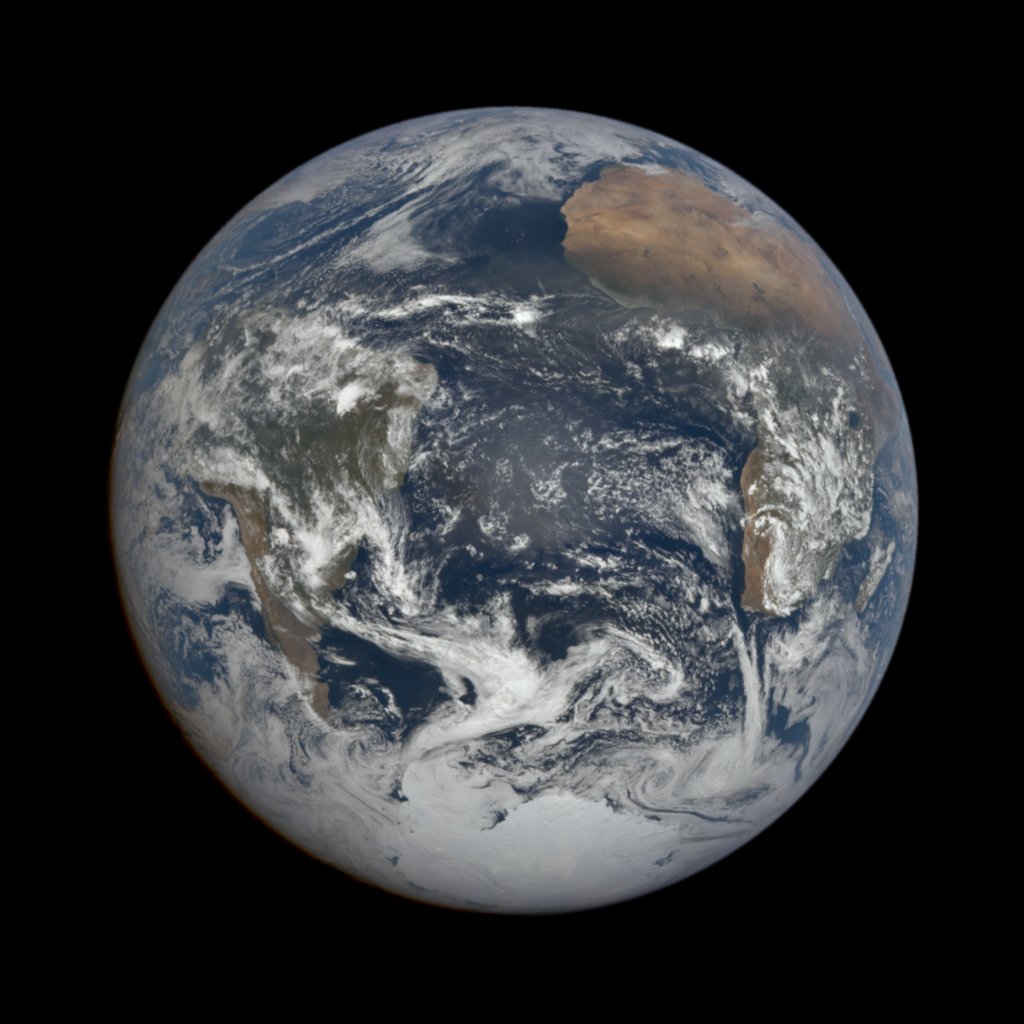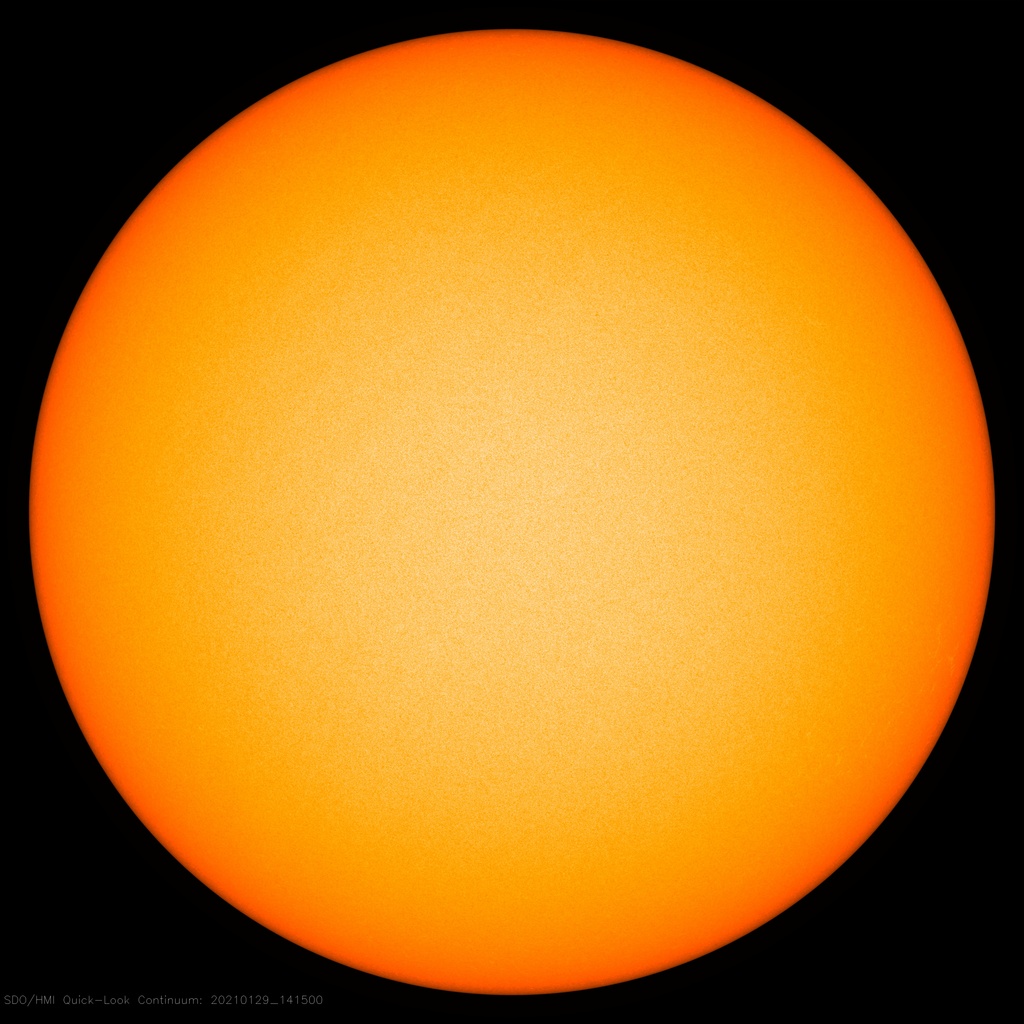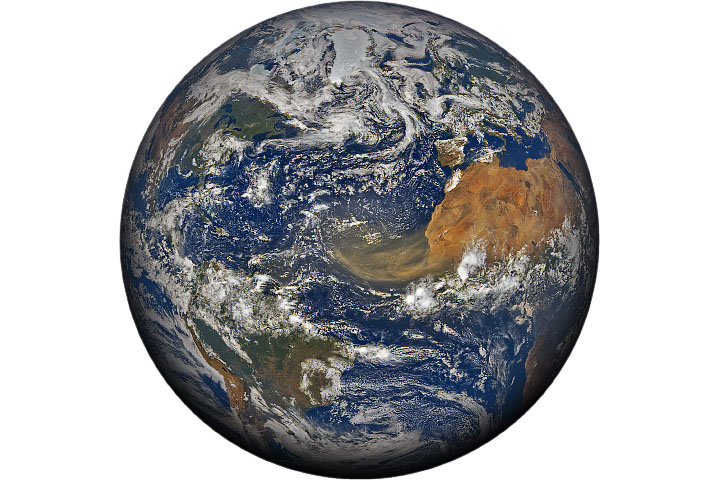
Earth’s ice can be divided into two categories: ice on land — like glaciers and ice sheets — and sea ice, which forms from frozen sea water. Sea ice plays an important role in regulating our planet’s temperature. Catch up with 5 fast facts about sea ice:
go.nasa.gov/3ja2s6j
go.nasa.gov/3ja2s6j

1. Overall, sea ice extent is declining. Each year, sea ice grows and shrinks with the seasons. As global temperatures warm, the annual minimum extent of sea ice in the Arctic is declining, each year losing an area about the size of West Virginia. 

2. Sea ice helps prevent atmospheric warming. By acting like a blanket on the ocean’s surface, sea ice helps keep heat in the ocean from escaping into the atmosphere. 

3. Sea ice is important to wildlife above and below water. It creates a habitat for animals like seals and polar bears. Its annual freeze and melt also helps stir up nutrients for tiny marine organisms called phytoplankton. 

4. Sea ice doesn’t contribute much to sea level rise. Sea ice is made of frozen sea water, so when it melts, it doesn’t add more water to the ocean. However, sea ice can act like a cork in a bottle holding back glacial ice from the water, which is lost as sea ice disappears.
5. Satellites play an important role in monitoring sea ice. The Arctic and Antarctic are difficult places to travel and provide consistent monitoring from the ground or sea. Satellites like those from @NASA, @NOAA and other agencies offer crucial, long-term sea ice observations.
• • •
Missing some Tweet in this thread? You can try to
force a refresh





